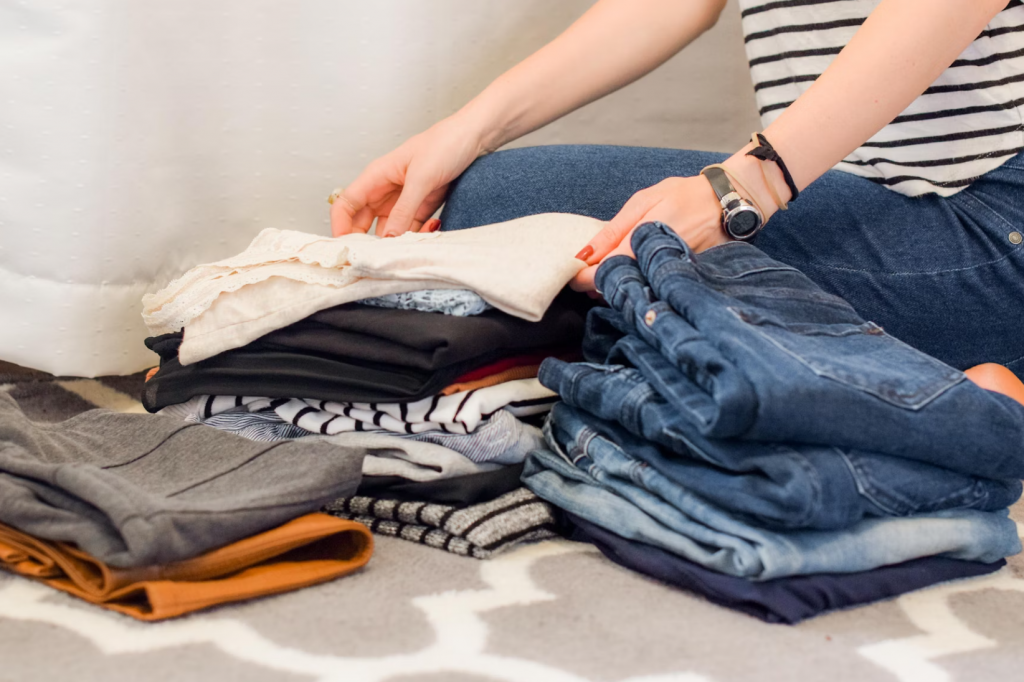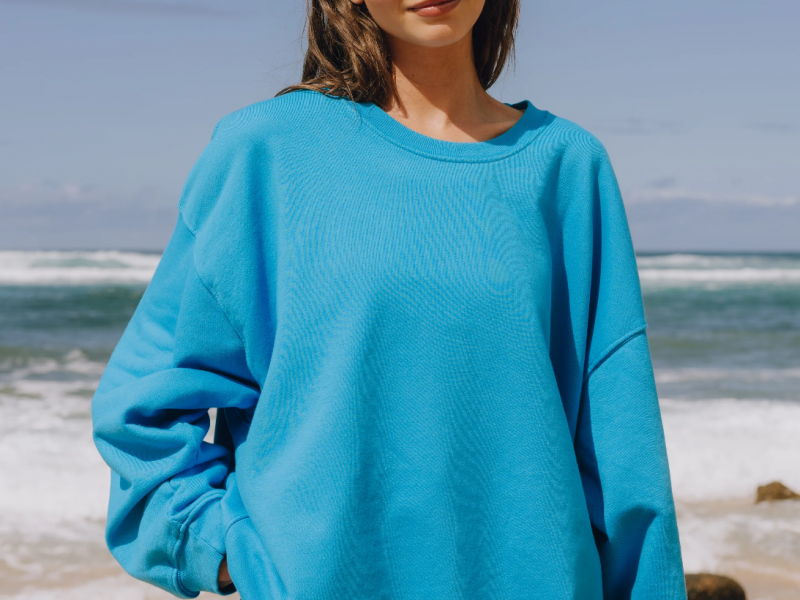Understanding the Concept of a Capsule Wardrobe
What Is a Capsule Wardrobe?
A capsule wardrobe is a thoughtfully curated collection of clothing that consists of versatile, essential pieces that can be mixed and matched effortlessly. Typically, a capsule wardrobe includes around 30 to 50 items per season, including tops, bottoms, outerwear, and shoes. The idea is to simplify your wardrobe, eliminate clutter, and always have something to wear.

Benefits of Building a Capsule Wardrobe
Why bother creating one? Well, imagine opening your closet and loving everything inside it. A capsule wardrobe saves time, money, and stress. It promotes sustainability by discouraging fast fashion, helps you develop a strong personal style, and prevents impulsive purchases.
Step 1: Define Your Style and Lifestyle Needs
Analyze Your Daily Activities
Your wardrobe should reflect your real life—not your fantasy life. Are you in the office five days a week or mostly working from home? Do you attend formal events regularly or live in yoga pants? Understanding how you spend your days will guide the number of formal vs. casual pieces you need.
Pinpoint Your Personal Style
Scroll through Pinterest, save Instagram looks, and notice patterns in your preferences. Are you more classic, minimalist, boho, or edgy? Knowing your aesthetic helps you curate pieces that make you feel confident and comfortable.
Step 2: Audit Your Current Closet
Sort Items into Categories
Start by pulling everything out of your closet. Yes, everything. Then create three piles: keep, donate/sell, and maybe. The “maybe” pile deserves a second look after you’re clearer about your capsule.
Identify Staples vs. Excess
You’ll start to notice some items are constant go-tos—those are your staples. Others might be duplicates or one-time purchases. Keep only what aligns with your style and is worn regularly.
Step 3: Choose a Color Palette
Base Colors vs. Accent Colors
Choose 2–3 neutral base colors (black, white, navy, gray, beige) that work well together. Then pick 2–3 accent colors that express your personality and add variety. This way, you can mix and match nearly every item.
Tips for a Cohesive Color Strategy
Stick with tones that flatter your complexion and are seasonally appropriate. Avoid clashing patterns or random hues that limit outfit combinations. Think of your wardrobe like a Lego set—each piece should snap into the next.
Step 4: Select Versatile Basics
Tops, Bottoms, and Outerwear Essentials
Aim for timeless silhouettes: white button-downs, black trousers, slim-fit jeans, and neutral sweaters. These pieces should be the backbone of your wardrobe and suit multiple occasions.
Shoes and Accessories That Work with Everything
Opt for classic sneakers, loafers, ankle boots, and maybe one dressy pair. Choose accessories in neutral tones or metallics to complement a wide range of outfits.
Step 5: Incorporate Seasonal Pieces
Adapting for Summer, Winter, Fall, and Spring
You don’t need to cram all seasons into one wardrobe. Rotate items seasonally—light linens in summer, cozy knits in winter. Store out-of-season items separately to maintain clarity and space.
Layering for Transitional Weather
Think denim jackets, cardigans, scarves, and trench coats. Layering pieces help you adapt without overhauling your whole wardrobe every time the weather shifts.
Step 6: Focus on Quality Over Quantity
Why Fabric and Fit Matter
Invest in pieces that are well-constructed and made of high-quality materials. Fit is equally important—a well-fitting tee will always outshine a designer item that doesn’t flatter your shape.
Longevity and Cost-Per-Wear
Higher price tags often mean better durability. If you wear a $150 blazer 50 times, that’s only $3 per wear. Contrast that with a $20 blouse worn twice—$10 per wear. Quality wins.
Step 7: Try It, Tweak It, Trust the Process
Build Slowly and Mindfully
You don’t have to create your capsule in one day. Start with what you have, fill gaps strategically, and be patient. A well-thought-out wardrobe takes time.
Know When to Replace or Rotate
Every few months, reassess your capsule. Have your lifestyle needs changed? Are any items worn out? Update as needed, but resist the urge to start over entirely.
Common Mistakes to Avoid
Buying Trendy Items That Don’t Match Your Wardrobe
It’s tempting to grab that on-sale neon skirt—but will it go with anything else you own? Probably not. Stay focused on your cohesive plan.
Skipping the Planning Phase
Jumping into shopping before understanding your needs leads to waste. Plan first, then purchase with intention.
Sustainable Fashion and the Capsule Approach
Reduce Waste, Maximize Use
A capsule wardrobe naturally reduces fashion waste by emphasizing fewer, better items. You wear what you love and waste less fabric, money, and space.
Ethical Brands to Consider
Look for brands like Everlane, Reformation, or Pact that prioritize eco-friendly materials, ethical labor, and transparency in production.
Tools and Apps to Help You Plan Your Wardrobe
Digital Closet Organizers
Apps like Stylebook or Cladwell let you upload photos of your clothes and create outfit combinations, track usage, and get wardrobe insights.
Outfit Planning Tools
Use calendars or capsule planner PDFs to map outfits for the week. This saves you morning stress and ensures everything gets worn.
Final Thoughts
Creating the perfect capsule wardrobe isn’t about restriction—it’s about liberation. By intentionally selecting quality pieces that work together, you unlock the ability to look great every day with less. It’s a lifestyle shift that simplifies decision-making and strengthens your personal style. Trust the process, have fun with it, and enjoy the clarity that comes with dressing smart.
FAQs
1. How many items should be in a capsule wardrobe?
Generally, between 30–50 items per season is ideal, including clothes, shoes, and outerwear.
2. Can I still follow trends with a capsule wardrobe?
Yes, just make sure trendy pieces align with your color palette and style to ensure they’re versatile.
3. How often should I update my capsule wardrobe?
Seasonally is best—review and rotate items every 3–4 months based on weather and lifestyle changes.
4. What if I change jobs or my lifestyle shifts?
Adapt your capsule to suit your new needs. The concept is flexible and should evolve with you.
5. Is a capsule wardrobe cheaper in the long run?
Absolutely. While the initial investment might seem higher, quality items last longer and reduce frequent buying.


